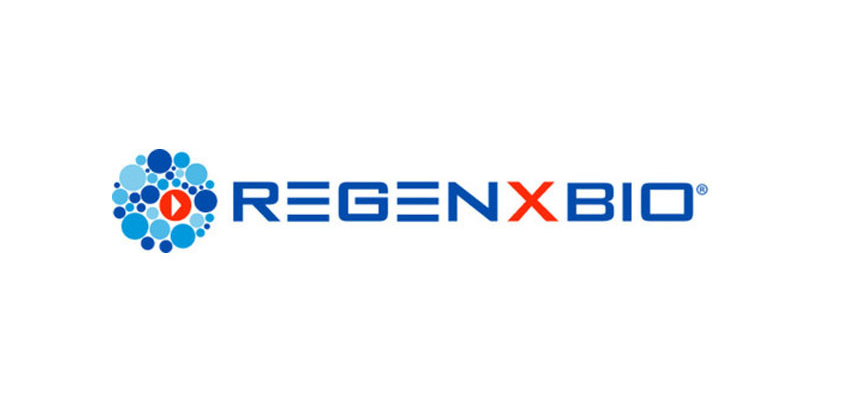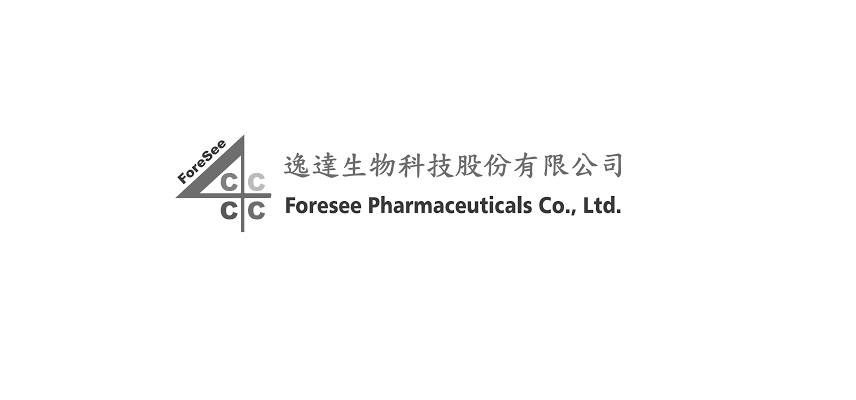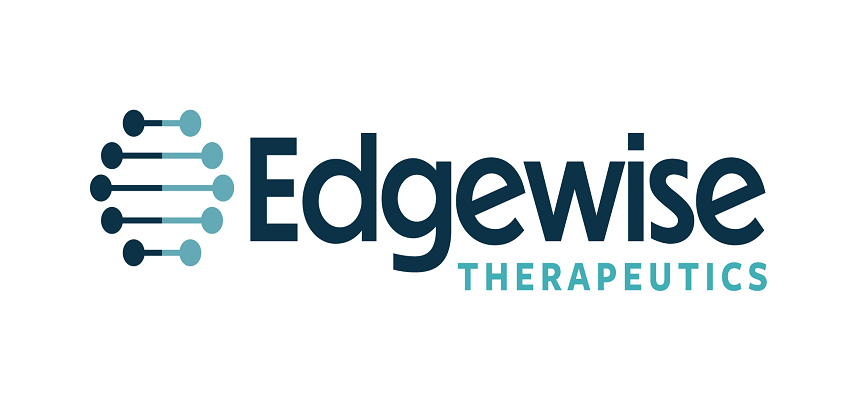REGENXBIO Reports Preclinical Benefits of RGX-202 Gene Therapy for Duchenne
REGENXBIO Announces Publication of Preclinical Results Demonstrating Functional Benefits of Novel Microdystrophin Construct in RGX-202 Investigational Gene Therapy for Duchenne Muscular Dystrophy
Overview
REGENXBIO Inc. (Nasdaq: RGNX) today announced the publication of preclinical results comparing a microdystrophin gene therapy construct that included the C-terminal (CT) domain to a microdystrophin construct without the CT domain. The results, which were published in peer-reviewed journal Molecular Therapy Methods and Clinical Development, showed that the microdystrophin with the CT domain improved functional benefit compared to the microdystrophin without, supporting the potential of RGX-202 to drive functional improvements in patients with Duchenne Muscular Dystrophy.
RGX-202 is the only investigational or approved microdystrophin gene therapy candidate for the treatment of Duchenne muscular dystrophy (Duchenne) that includes the CT domain, a key portion of dystrophin, making it the closest to naturally occurring dystrophin.
Statement from Olivier Danos: CSO, REGENXBIO
We specifically designed RGX-202 differently from other gene therapies with the goal of providing improved outcomes for patients, and this research further validates the potential therapeutic advantage of adding the CT domain and its importance in preventing the muscle breakdown associated with functional decline in Duchenne,"" said Olivier Danos, Ph.D., Chief Scientific Officer of REGENXBIO.
""The positive interim results we've seen in the Phase I/II AFFINITY DUCHENNE® trial are reinforced by this preclinical research demonstrating how the novel construct of RGX-202 protects against muscle damage and supports the potential for durable, functional benefit for patients.""
Statenet from Michael Kelly, CSO, CureDuchenne
AAV gene therapy holds great promise for Duchenne, and the community is in need of treatment options that have the potential to improve function and quality of life for patients,"" said Michael Kelly, Ph.D., Chief Scientific Officer, CureDuchenne. ""The CT domain is a critical part of the large DMD gene and these preclinical results highlight its role in muscle health. With the science behind the novel microdystrophin construct of RGX-202, combined with the interim safety and efficacy profile seen to date in clinic, I am very encouraged by the potential of RGX-202 to be a meaningful, differentiated gene therapy for the community.""
Study Overview: Evaluating Microdystrophin for Duchenne Model
In this paper, titled ""Enhanced therapeutic potential of a microdystrophin with an extended C-terminal domain,"" two AAV vectors, one encoding a microdystrophin protein with the CT domain and one encoding an otherwise equivalent microdystrophin protein without the CT domain, were evaluated across three studies in mdx mice, a preclinical model of Duchenne, to measure muscle force, protein levels, and protection from contraction-induced muscle injury.
Key Findings: CT Domain Enhances Muscle Strength and Reduces Damage
- Compared to the microdystrophin without the CT domain, the microdystrophin that included the CT domain was found to be maintained at higher levels in transduced muscles, recruited the dystrophin-associated protein complex more effectively to the muscle membrane, and increased muscle force and resistance to damage in mice lacking dystrophin.
- These are key factors in supporting the preservation of muscle health, as muscle damage leads to disease progression in Duchenne.
- These findings indicate that incorporation of the CT domain enhances the microdystrophin design by allowing for higher levels of microdystrophin to accumulate in the muscle – primarily attributed to the longer half-life of the extended microdystrophin – and may improve the functional benefit of microdystrophin gene replacement.
- Interim results from the Phase I/II AFFINITY DUCHENNE clinical trial of RGX-202 reported in June 2025 show that RGX-202 demonstrated consistent evidence of positively changing the disease trajectory of patients with Duchenne and a favorable safety profile.
REGENXBIO is enrolling participants in the pivotal portion of the Phase I/II/III AFFINITY DUCHENNE trial of RGX-202 and expects to submit a Biologics License Application (BLA) using the accelerated approval pathway in mid-2026.
About RGX-202
- RGX-202 is a potential best-in-class investigational gene therapy designed for improved function and outcomes in Duchenne. RGX-202 is the only gene therapy approved or in late-stage development for Duchenne with a differentiated microdystrophin construct that encodes key regions of naturally occurring dystrophin, including the C-Terminal (CT) domain.
- Additional design features such as codon optimization may potentially improve gene expression, increase protein translation efficiency and reduce immunogenicity. RGX-202 is designed to support the delivery and targeted expression of microdystrophin throughout skeletal and heart muscle using the NAV® AAV8 vector and a well-characterized muscle-specific promoter (Spc5-12).
- RGX-202 is manufactured by REGENXBIO using its proprietary, high-yielding NAVXpress® suspension-based platform process.
About Duchenne Muscular Dystrophy
Duchenne is a severe, progressive, degenerative muscle disease, affecting 1 in 3,500 to 5,000 boys born each year worldwide. Duchenne is caused by mutations in the Duchenne gene which encodes for dystrophin, a protein involved in muscle cell structure and signaling pathways. Without dystrophin, muscles throughout the body degenerate and become weak, eventually leading to loss of movement and independence, required support for breathing, cardiomyopathy and premature death.
ABOUT REGENXBIO Inc.
- REGENXBIO is a biotechnology company on a mission to improve lives through the curative potential of gene therapy.
- Since its founding in 2009, REGENXBIO has pioneered the field of AAV gene therapy. REGENXBIO is advancing a late-stage pipeline of one-time treatments for rare and retinal diseases, including RGX-202 for the treatment of Duchenne; clemidsogene lanparvovec (RGX-121) for the treatment of MPS II and RGX-111 for the treatment of MPS I, both in partnership with Nippon Shinyaku; and surabgene lomparvovec (ABBV-RGX-314) for the treatment of wet AMD and diabetic retinopathy, in collaboration with AbbVie.
- Thousands of patients have been treated with REGENXBIO's AAV platform, including those receiving Novartis' ZOLGENSMA®. REGENXBIO's investigational gene therapies have the potential to change the way healthcare is delivered for millions of people. For more information, please visit www.regenxbio.com.
FORWARD-LOOKING STATEMENTS
- This press release contains ""forward-looking statements"" as defined by Section 27A of the Securities Act of 1933 and Section 21E of the Securities Exchange Act of 1934.
- These statements express beliefs, expectations, or intentions and often use words like ]believe,may, will, estimate, anticipate, intend, expect, could, plan, potential, predict, seek, should, or would.
- Forward-looking statements cover REGENXBIO’s future operations and clinical trials.
- These statements are based on REGENXBIO’s current expectations, assumptions, analyses, experience, historical trends, current conditions, and expected future developments.
• Actual results may differ due to risks and uncertainties such as:
Timing and success of clinical trials by REGENXBIO, licensees, and partners.
Development and launch of new products.
Regulatory approval and intellectual property protection.
Market trends, size, growth, and acceptance of products.
Other factors beyond REGENXBIO’s control.
- Readers should consult REGENXBIO’s Annual Report on Form 10-K and Quarterly Reports on Form 10-Q for detailed risk factors.
- All forward-looking statements are qualified by these cautionary statements.
- Actual outcomes may not be realized or may differ materially from expectations.
- Forward-looking statements are not guarantees of future performance.
- Readers are cautioned not to rely too heavily on these statements.
- Statements speak only as of the date of this press release.
- REGENXBIO does not undertake any obligation to update or revise forward-looking statements except as required by law.
Zolgensma® is a registered trademark of Novartis AG. All other trademarks referenced herein are registered trademarks of REGENXBIO.

Optimize Your trial insights with Clival Database.
Are you exhausted from the uncertainty of trial insights pricing? Clival Database ensures the clarity in the midst of the global scenario for clinical trials to you.Clival Database is one of the best databases that offers an outstanding number of clinical trial data in terms of 50,000+ molecules and from primary regulatory markets as well as new entrants like Indian and Chinese markets.
With Clival, you get accurate positioning of historical sales data, patent database, company profiling, safety & efficacy, and prediction of launch of new innovative molecules helping you to align your research and driving down the cost.
To add value, we further break down our analytics for you so that improving your operational effectiveness; optimizing your clinical trials; and offering you accurate and high-quality data at lowest possible prices becomes possible.
Elevate your trial success rate with the cutting-edge insights from Clival database.
Check it out today and make more informed sourcing decisions! Learn More!







